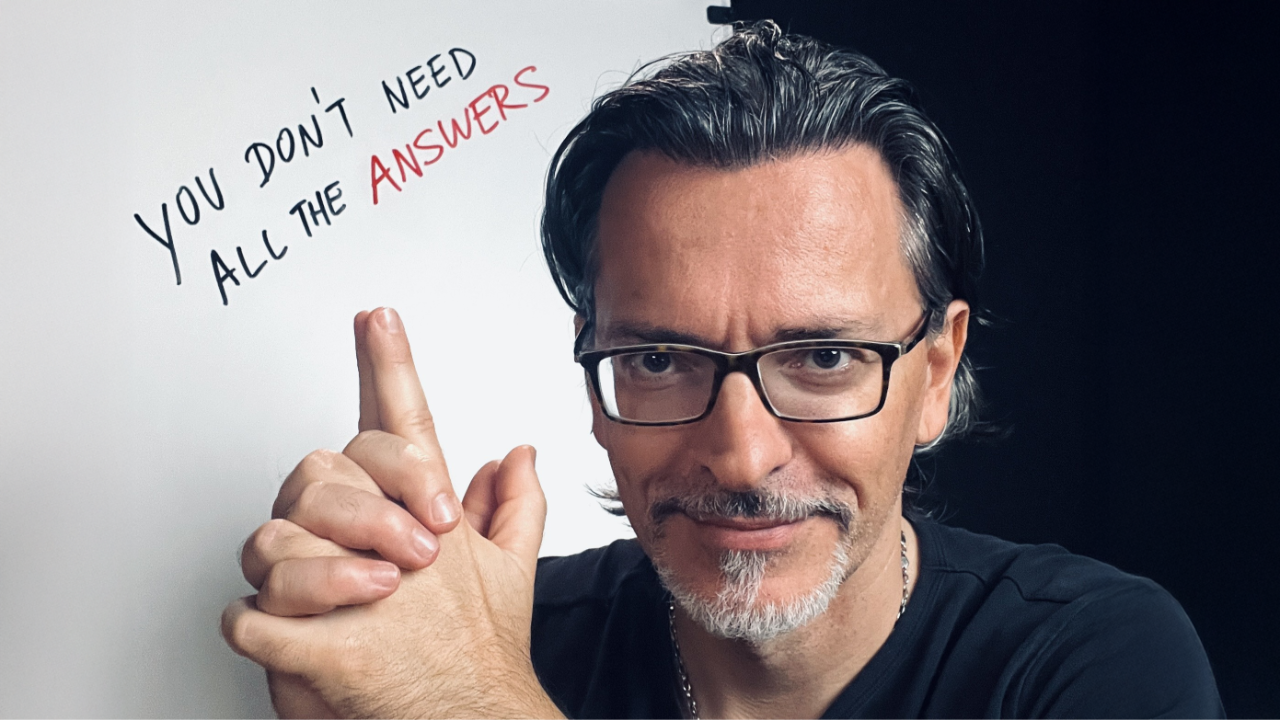THE BLOG
When you start your career, it comes from knowing what to do; from repetition, mastery, and control.
Then everything changes: the challenges get new, the job description evolves, and suddenly your old source of confidence no longer works.
In a world that changes faster than any job description, ...
You’ve just been promoted from individual contributor to new manager.
It’s supposed to feel like a leap forward.
So why can it feel like a step back?
Because now, you’re not aiming for performance — you’re aiming for leadership.
And as the saying goes: what got you here won’t get you there.
You’re...
My daughter just left for a five-month student exchange in Barcelona.
Watching her pack reminded me of a leadership truth we skip too often: before you lead anyone else, you have to lead yourself.
Titles don’t do that for you. Teams don’t do that for you. Your calendar, your energy, your standa...
After good two decades in a relationship and many years leading teams in businesses, I've noticed that many things apply equally to both worlds.
These aren't theories, they are lived observations. Things that have shown up again and again, whether I’m navigating a moment with my wife or guiding...
"Do you have a coach yourself?"
A client—a new manager—asked me that recently.
And I loved that question.
Because I practice what I preach.
Over the last 20 years, I’ve had a number of coaches. Right now, I work with two:
- one helps me build my business,
- The other helps me grow as a coa...
In today's short post, I want to share a perspective on leadership that often goes unnoticed. You see, developing leadership skills isn't just about professional growth; it's about enriching your personal life, relationships, and overall well-being.
Consider the qualities of a good leader:
...
Imagine a tool so simple that you can implement it immediately. It costs absolutely nothing but has the potential to transform how you make decisions altogether.
This tool is revealed in Keith Cunningham's book The Road Less Stupid. It's called thinking time—a disciplined, intentional approach ...









